Volume 4, Issue 1, March 2020
Volume 4, Issue 1, March 2020
Manuela Callari, PhD, Science and Medical Writer
In 1995, the British Medical Journal published a surprising report about a 29-year-old builder. He accidentally jumped onto a 15-centimetre nail which pierced through his steel-toed boot and was rushed to the hospital in agonising pain. But when the doctors took off his boot, they were surprised to see that the nail had never touched his foot.
For hundreds of years, scientists thought pain was a direct response to damage. The more severe an injury, the stronger the pain. But scientists have now discovered that pain is not an accurate measure of damage. Pain is the protection mechanism the brain uses to make us change behaviour and avoid injuries. We can experience pain out of proportion to the actual damage, and even without an injury, like the builder.
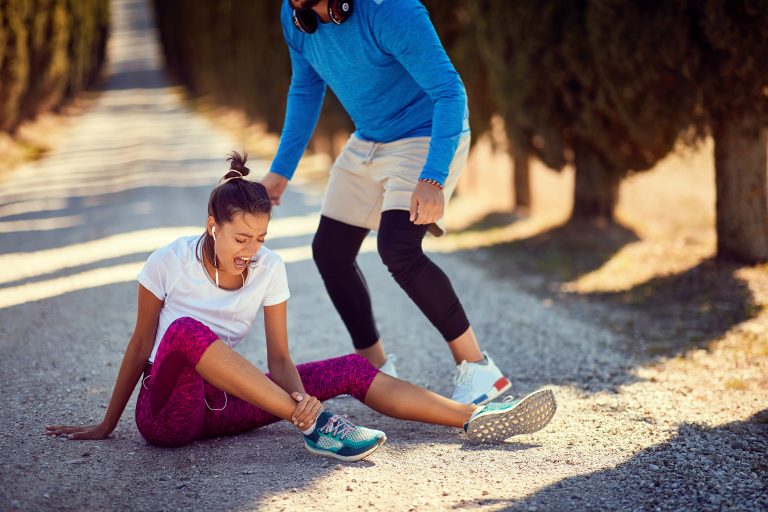
Figure 1: The sensation of pain is not reliable measure of damage.
All around our body, there are nerve cells called nociceptors. Their function is to detect actual or potential tissue-damaging events, such as thermal, mechanical or chemical stimuli.
When you get hurt, a nociceptor, located in that area of your body, is activated and sends a “possible threat” message to the spinal cord. Here, a spinal nociceptor takes that message up to the brain. Now the brain has to make sense of this message.
By drawing information from current and past experience and the state of your mind, the brain evaluates how dangerous the threat is. Where are we? What are we doing? What can we see, smell, hear? Have we been here before? What happened last time? How did we solve it? Are we frightened? Or are we relaxed?
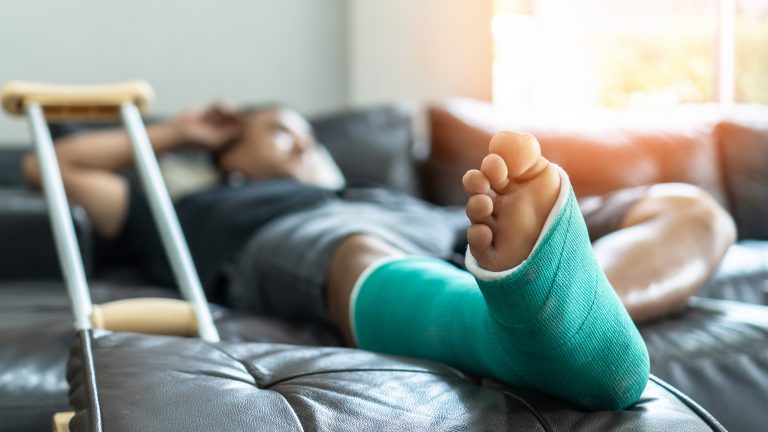
If your brain perceives the situation as harmful, it will produce pain to draw your full attention to it. At the same time, it activates motor pathways to take your hand off a hot stove, for example. Pain is nothing but a protective mechanism that avoids us from getting hurt further. It tells us not to walk on a sprained ankle, or not to lift a heavy box with an injured back. It also tells us to go to the doctor or rest for a few days so that we can heal.
If the brain believes that there is no need for protection, it will not produce pain.
This happened in 2003, when an 84-year-old war veteran discovered from a routine x-ray that he had had a bullet in his neck since World War II. At the time of being shot, his brain had decided that pain would not have been a helpful cue. At that moment, running for his life was more useful than worrying about his injury.
The biological process that produces pain, nociception, is similar for everyone. Yet, the sensitivity and efficacy of the pain system determines how much pain you feel and how well you cope with it. This is why some people feel more pain than others, even if they have a similar injury.
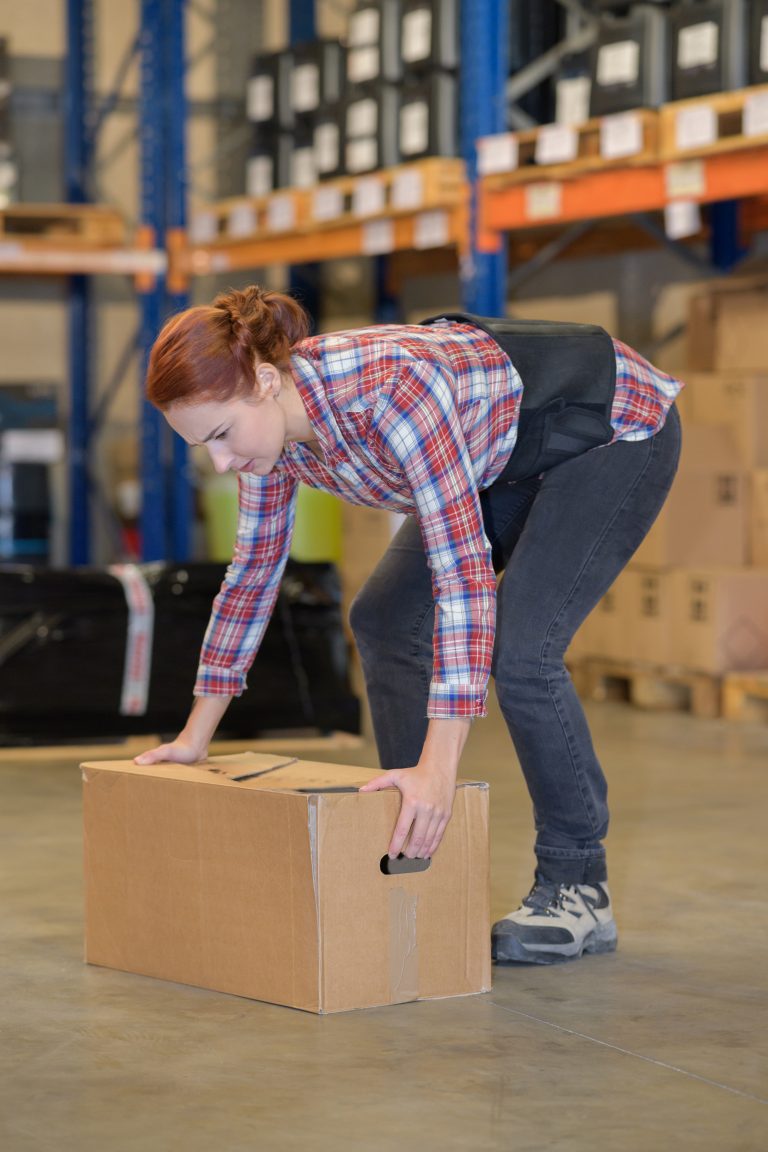
Sometimes, pain persists even when the tissues are healed and out of danger. Pain that lasts for three months or longer is called chronic pain. In this case, tissue damage is not the main issue. Most injuries heal as well as they can by three to six months. Hence, the ongoing pain produced by the brain is less about damage in the body and more about the sensitivity of the nervous system.
When you suffer from chronic pain, your pain system becomes more sensitive and is activated with smaller stimuli. So, for example, if you have suffered from chronic low back pain for a long time, watching someone bending forward to pick up a box may be enough to cause back pain. Some areas of the brain that have the job to shut pain down aren’t active anymore, whereas regions of the brain that produce pain are more lit up.
When the brain produces pain it’s to protect you from using your arm when you have a broken wrist, for example. But if the bone has healed and the pain continues, that message of protection is meaningless and unhelpful.The brain needs to be retrained in understanding when the body needs protection.
In Australia, chronic pain is a huge problem. According to Pain Australia, it affected 3.24 million people in 2018, that is about 13% of the population. This number does not include children.
Until not long ago, scientists believed that young children do not feel pain. Today, we know that after 20 weeks of gestation, embryos have nociceptors, and they can experience pain.
However, assessing and treating chronic pain in children remains a challenge for doctors. Because pain is such a personal experience, children of the same age can perceive and tolerate pain very differently. Also, children may sometimes find it challenging to find the words to describe what they are feeling, or avoid talking about their pain for fear of going to the doctor. For these reasons, children’s chronic pain is sometimes neglected. But chronic pain during childhood is a serious matter because it may change the way the brain develops, leaving a person more vulnerable to pain as an adult. The most common type of chronic pain in children is headaches, followed by abdominal pain and limb or growing pain. Researchers have discovered that these types of pain often run in families, and at least one of the parents has experienced similar pain in childhood.
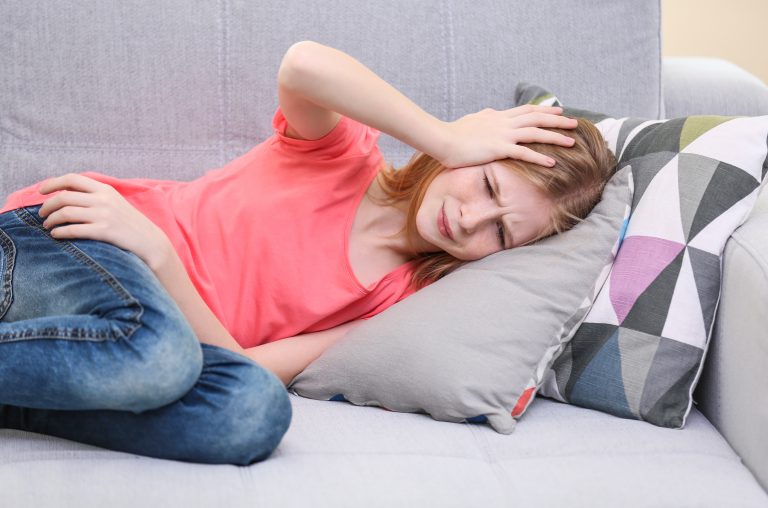
Many external factors alter the way we perceive and react to pain by directly affecting the nociception process and the brain.
Psychological factors, emotional state and memories can profoundly strengthen or weaken the pain. Emotions, such as anxiety, anger, fear, sadness, and happiness, for example, can affect your experience of pain.
The way you think about pain can influence how much pain you experience. In a study, children who believed they had no control over pain experienced more intense pain than those who thought they had some control.
The language that doctors use and your expectations about medical treatments influence perception of pain too. Even watching a plastic model of the spine hanging on the doctor’s desk can trigger the protection mechanism in your brain and strengthen the pain sensation.
The environment, such as what you see, hear and smell, while you experience pain, also has an important role. In one experiment, researchers placed an icy rod on the back of volunteers’ hands then showed them either a red or blue light. Although the rod was the same temperature each time, those who saw the red light, typical colour of danger, reported feeling more intense pain than those who saw the blue light.
Social and familial support can affect your perception of pain. In another experiment, children placed their hand in ice-cold water while their mothers were either mildly criticising them or helping them with coping strategies. Researchers noticed that children whose mother was supportive had a less unpleasant experience.
Parent emotions, behaviours, and health also play a role in children’s pain experiences. Researchers have found that overprotective parenting can increase distress and chronic pain in children. They have also observed that there are more conflicts and less cohesion in families of children with chronic pain than families of healthy children.
Living with pain for an extended period can have adverse effects on a child’s life. Chronic pain can cause physical limitations leading to frustration, depression and anxiety. It can disrupt children’s sleep and affect their attendance at school; it can have an impact on their social life and their relationship with friends and family.
We have learned that pain is the result of a biological process combined with several psychological, environmental, social and cultural factors. Therefore, the most effective way to manage chronic pain is to address all these factors with a multimodal approach. This means getting help from a team of specially trained health professionals, and you must take an active role in helping to manage your condition to reduce the impact of chronic pain in your life.
Taking medications Medications can help, but only to a limited extent. Non-prescription drugs, such as paracetamol, act on the nerve cells that initiate the danger message. Whereas, more potent painkillers reduce the activity of the pain system and stimulate the brain to produce feel-good hormones like endorphins. If pain persists when the injury has healed, medications start to lose efficacy, and a more holistic approach can lead to better results.
Understanding chronic pain Understanding that pain does not equal damage is the first and fundamental step to recovery. Knowing that there is no injury to be cured in your body can feel frustrating when you are in pain. However, when this knowledge shift happens, you can engage again in movement, exercise, social and pleasurable activities feeling safe. This will slowly reduce the perceived need for protection and thus, pain.
Eating well What you eat may be contributing to your pain. Chronic pain may be the result of chronic inflammation, and your diet can help increase or lower inflammation in your body. Foods with low nutritional value, such as sugary drinks and snacks, processed foods and highly refined carbohydrates, can promote inflammation and contribute to your chronic pain. On the contrary, foods rich in antioxidants, such as whole fruits, vegetables, nuts, legumes and whole grains, have anti-inflammatory properties and prevent pain. Omega-3 fatty acids, found in olive oil, flaxseed oil, and oily fish (like salmon, sardines, and mackerel), may also help control inflammation.
Relaxing and reducing stress Relaxation techniques such as deep breathing, meditation and progressive muscle relaxation help reduce tension and tightness in your body. As muscles relax, there is less pressure on nerves and body tissues, providing a natural form of pain relief. Relaxation techniques also help calm your mind and reduce stress and anxiety.
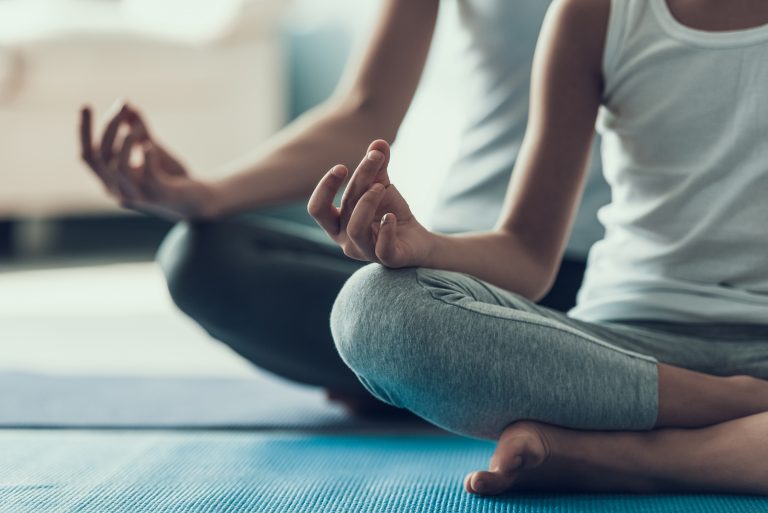
Figure 5: Relaxation and meditation can help provide natural pain relief.
5. Practising mindfulness Being mindful means becoming aware of what is happening in your mind and your body. Being aware of all your thoughts, feelings and body sensations in each moment can help you accept and cope with pain rather than becoming overwhelmed by it.
6. Promoting natural endorphins with exercise Physical exercise at a level that feels comfortable and without fear has a double benefit. On the one hand, it supports recovery of body tissues and helps you get back in shape. On the other hand, it retrains the brain to feel safe when the body moves and gradually turns the protection system down.
7. Engaging in enjoyable activities Finding fun activities to do with your family and friends can distract you from the pain. Having fun improves your mood and boosts your natural coping mechanism.
8. Sleeping well The pain may disrupt your sleep, but a good night’s rest can help you cope with it. The relaxation techniques mentioned before can help if you are having problems sleeping. You can also try implementing a bedtime routine like having a warm shower or reading a book.
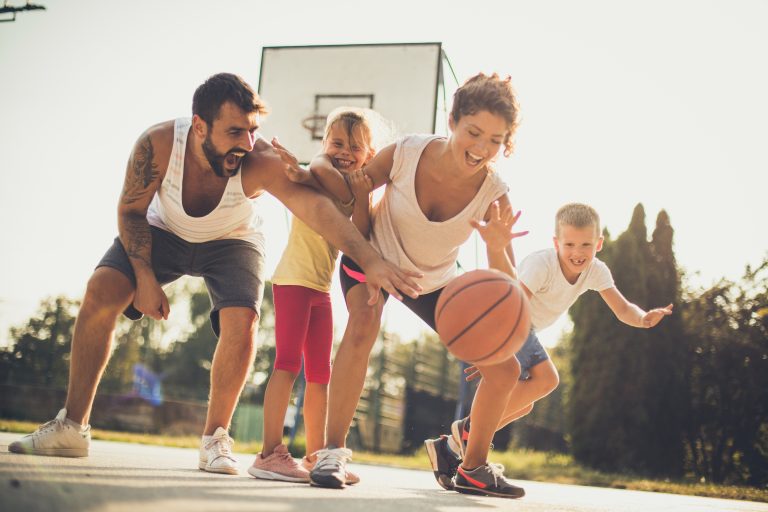
Figure 6: Fun activities and physical exercise can help relieve pain.
Pain is a protective mechanism. Your brain produces pain to send you a warning signal when it believes your body needs protection. Sometimes, though, your brain becomes too protective and sends constant and unnecessary warnings. Pain becomes chronic, and you need to retrain your brain to evaluate danger.
Living in constant pain can severely impact your everyday life. Still, you can tackle chronic pain with knowledge and by changing your lifestyle. You can learn how to cope with it rather than be overwhelmed by it.
1. Why do we feel pain?
2. Why does sometimes our brain produce pain although we are not injured?
3. Why do some people feel more pain than others?
4. Pain is ___ an accurate measure of tissue damage. Pain is produced by the ____ and it ______ us from being injured.
5. Form groups and share your experience of a painful event. What caused the pain? How did you feel? What were your emotions? How did you cope?
6. Explain how chronic pain can impact on children’s life.
7. What are some coping mechanisms people can use to manage chronic pain?
8. What factors contribute to chronic pain?
9. List some foods that you regularly eat and how they may aggravate chronic pain.
10. In pairs, practise the progressive muscle relaxation exercise below, then answer the following questions: How do you feel? Do you notice any change in your body and your mind? Can you feel less tension in your muscles?
Sit in pairs and take turns reading the following script to each other. At each step, tense the muscle group described and hold the tension for few seconds. You should feel the tension but stop if you feel pain. Keep the muscles tense for few seconds, then completely relax. Take two or three breaths before moving on to the next step.
Sit comfortably, slow down your breathing and give yourself permission to relax. You may like to close your eyes.
Right hand and forearm – make a fist with your right hand. Hold tight. Then relax and let go.
Right upper arm – your right forearm up to your shoulder to “make a muscle”. Hold tight. Then relax and let go.
Left hand and forearm – make a fist with your left hand. Hold tight. Then relax and let go.
Left upper arm – your left forearm up to your shoulder to “make a muscle”. Hold tight. Then relax and let go.
Forehead – raise your eyebrows as high as they will go, as though you were surprised by something. Hold. Then relax and let go.
Eyes and cheeks – squeeze your eyes tight shut. Hold. Then relax and let go.
Mouth and jaw – open your mouth as wide as you can, as you might when you‘re yawning. Hold. Then relax and let go.
Neck – be careful as you tense these muscles, face forward and then pull your head back slowly, as though you are looking up to the ceiling. Hold. Then relax and let go.
Shoulders – tense the muscles in your shoulders as you bring your shoulders up towards your ears. Hold. Then relax and let go.
Shoulder blades/back – push your shoulder blades back, trying almost to touch them together, so that your chest is pushed forward. Hold. Then relax and let go.
Chest and stomach – breathe in deeply, filling up your lungs and chest with air. Hold. Then relax and let go.
Hips and buttocks – squeeze your buttock muscles. Hold. Then relax and let go.
Right upper leg – tighten your right thigh. Hold. Then relax and let go.
Right lower leg – do this slowly and carefully to avoid cramps. Pull your toes towards you to stretch the calf muscle. Hold. Then relax and let go.
Right foot – curl your toes downwards. Hold. Then relax and let go.
Left upper leg – tighten your left thigh. Hold. Then relax and let go.
Left lower leg – do this slowly and carefully to avoid cramps. Pull your toes towards you to stretch the calf muscle. Hold. Then relax and let go.
Left foot – curl your toes downwards. Hold. Then relax and let go.
Remain seated for few moments and allow yourself to become aware of the sensations in your body and your mind.
Anand, K. J., and F. M. Scalzo. 2000. “Can Adverse Neonatal Experiences Alter Brain Development and Subsequent Behavior?” Biology of the Neonate 77 (2): 69–82. https://doi.org/10.1159/000014197.
BBC. 2003. “Bullet Found in Veteran’s Neck.” News. February 17, 2003. http://news.bbc.co.uk/2/hi/uk_news/ scotland/2770777.stm.
Chambers, Christine T., Kenneth D. Craig, and Susan M. Bennett. 2002. “The Impact of Maternal Behavior on Children’s Pain Experiences: An Experimental Analysis.” Journal of Pediatric Psychology 27 (3): 293–301. https:// doi.org/10.1093/jpepsy/27.3.293.
Department of Health, WA. n.d. “Progressive Muscle Relaxation.” Accessed March 13, 2020. https:// healthywa.wa.gov.au/Articles/N_R/Progressive-muscle-relaxation.
Fisher, J P, D T Hassan, and N O’Connor. 1995. British Medical Journal, January, 310–70.
McGrath, P. A. 1994. “Psychological Aspects of Pain Perception.” Archives of Oral Biology 39 Suppl: 55S-62S. https://doi.org/10.1016/0003-9969(94)90189-9.
Moseley, G. Lorimer. 2011. Lorimer. TEDxAdelaide. Why Things Hurt. https://www.youtube.com/watch?v=gwd-wLdIHjs.
Moseley, G. Lorimer, and Arnoud Arntz. 2007. “The Context of a Noxious Stimulus Affects the Pain It Evokes.” Pain 133 (1–3): 64–71. https://doi.org/10.1016/j. pain.2007.03.002.
Moseley, G. Lorimer, and David S. Butler. 2015. “Fifteen Years of Explaining Pain: The Past, Present, and Future.” The Journal of Pain 16 (9): 807–13. https://doi. org/10.1016/j.jpain.2015.05.005.
Olson, Kern A. 2019. “Pain in Children.” Practical Pain Management. July 2019. https://www. practicalpainmanagement.com/pain/pain-children.